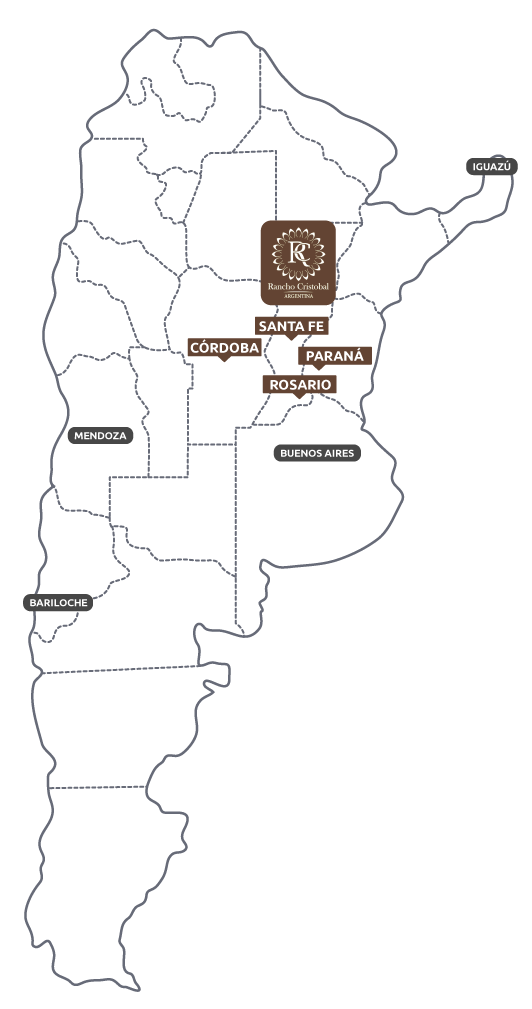Areas Around the World with the Worst Dove Overpopulation - Argentina
Table of Contents
The impact on the growing dove population in Santa Fe and the impact on the Argentinian economy and the global food supply chain.
Introduction
When I used to hunt Whitewing Dove in Mexico, many of my fellow hunters would often boast about the impressive number of birds they would shoot in Argentina. At first, I dismissed it as casual campfire talk, as the idea of shooting over 1,000 doves in a day seemed unimaginable to me.
Understanding Dove Overpopulation
Often associated with peace and tranquility, Doves have become a surprising source of conflict in Argentina. Their rapid reproduction rate, coupled with specific environmental factors, has led to a population explosion with significant ecological and economic consequences. Globally, dove populations have been steadily increasing, with some studies suggesting a growth rate of 2-3% annually. Doves can reproduce 3-4 times per year depending on the conditions, which means the population can grow exponentially in a relatively short period of time. Let’s dive into why Santa Fe and our location specifically, have become critical areas for addressing dove overpopulation.
- Global dove population growth rate is around 2-3% annually
- Doves can potentially reproduce 3-4 times per year
Argentina’s Battle with Dove Overpopulation
Our region, particularly Santa Fe, now stands out as a unique haven for doves, distinct from the historical dove populations in Cordoba.
This area stands out as a unique exception to the typical pattern of winter rainfall in most countries. In Santa Fe, the subtropical climate brings heavy thunderstorms during the summer months, often at night when temperatures soar above 100 degrees during the day. Surprisingly, 50% of the annual rainfall occurs in the summer, allowing farmers to plant two crops per year and significantly boost their yields compared to the usual one-cropping cycle.
Over the years, our region has become the new home for high-volume doves, with limited hunting pressure allowing the dove population to thrive.
Doves, known for their invasive nature, can resemble locust swarms in large numbers during planting and harvest seasons. They have a voracious appetite and feast on a variety of crops in Santa Fe, including Corn, Sunflower, Wheat, Soy, and Sorghum. With these crops harvested up to twice a year, the doves have an abundance of food, allowing their population to soar. One unforgettable moment was when we visited a new farm and witnessed the doves flocking to a corn harvest, literally flying into each other in mid-air!
- Argentina’s central belt is about 400,000 sq km of the most fertile land in the country
- Accounts for 90% of Argentina’s major exports
- 50% of the rainfall in this region occurs during summer months
- Doves are drawn to the crops here including corn, sunflower, wheat, soy, and sorghum
Global Overview: Other Countries Facing Dove Challenges
Argentina is not alone in its struggle with dove overpopulation. The United States Department of Agriculture (USDA) reports similar problems in parts of the southern US, where doves consume substantial quantities of corn and sorghum. In Europe, the European Bird Census Council (EBCC) has documented a steady rise in dove populations, raising concerns about their impact on agricultural crops and native birdlife. Wildlife management organizations in various countries are exploring solutions, with strategies like regulated hunting, habitat modification, and non-lethal deterrents showing varying degrees of success.
Environmental and Economic Implications
Planting, harvesting, and post-harvest periods are critical times for crops as they become most vulnerable to dove damage. The extensive agricultural practices in this region make it easy for doves to devastate entire planting areas, causing significant losses for farm managers and owners. It is estimated that doves consume up to 30% of Argentina’s cropping areas annually, resulting in a staggering $12 billion loss in agricultural production each year. This equates to approximately 8% of the total agricultural products imported into the US annually being lost to doves.
The impact on Argentina and its struggling economy is significant. In recent years, the government has not given priority to the country’s agricultural wealth and the substantial amount of USD it generates. It is crucial to control animal populations, especially for an invasive species wreaking havoc on agricultural areas at an industrial scale in a country in dire need of assistance.
Rancho Cristobal: Leading the Way in Dove Management
Located between Cordoba, San Javier, and Entre Rios, our location has become a haven for approximately 10 million doves over the past decade. With no hunting lodges within a 1,000 sq. kilometer radius, these birds have thrived without any hunting pressure.

The dove population in our expansive roosts has seen a significant increase, estimated to have grown from around 2 million in 2010 to 20 million by 2023. As the roosts continue to expand and explore new territories, it is essential to note that the availability of food and water plays a crucial role in their reproduction. A scarcity of resources can lead to decreased productivity, resulting in fewer eggs per hatch. Additionally, any harm to mating pairs can have devastating consequences, potentially endangering the survival of their offspring.
Looking for a Wingshooting Adventure?
Looking for an unforgettable and locally beneficial dove hunting experience? Look no further than Rancho Cristobal in Argentina’s Santa Fe province. Our dedication to sustainable practices guarantees a thriving dove population and the preservation of the region’s ecosystem. Visit our website today at Rancho San Cristobal to book your next wingshooting outing!
Packages
Dove hunting
For the true high volume blast!
- 4 nights
- Dove shooting
- No limits
- High volume
- All transfers
- All inclusive
- On season all year
Ultimate wingshooting
- 5 nights
- Dove shooting (Year round)
- Partridge hunting (May / Aug)
- Pigeon hunting (Year round)
- All transfers
- All inclusive
- On season all year
Red Stag – Dove shooting
- 10 days - 9 Nights and 7 Hunting Days
- Full board lodging – Open Bar
- One free range Red Stag trophy
- 1500 Shotgun Shells (60 Boxes)
Dove Overpopulation FAQs
Argentina’s central belt offers ideal conditions for dove populations to thrive. The fertile land, combined with summer rains and double cropping practices, provides an abundance of food and suitable nesting sites. Additionally, the lack of natural predators in certain areas contributes to population booms.
Doves consume a variety of crops throughout the year, with estimates suggesting they devour up to 30% of agricultural production in Argentina annually. This translates to billions of dollars in losses for farmers, particularly in Santa Fe, a major agricultural hub.
Argentina’s subtropical climate in Santa Fe, with summer thunderstorms and double cropping cycles, provides a near-constant food source for doves. This, coupled with mild winters, allows for multiple breeding cycles per year, further accelerating population growth.

